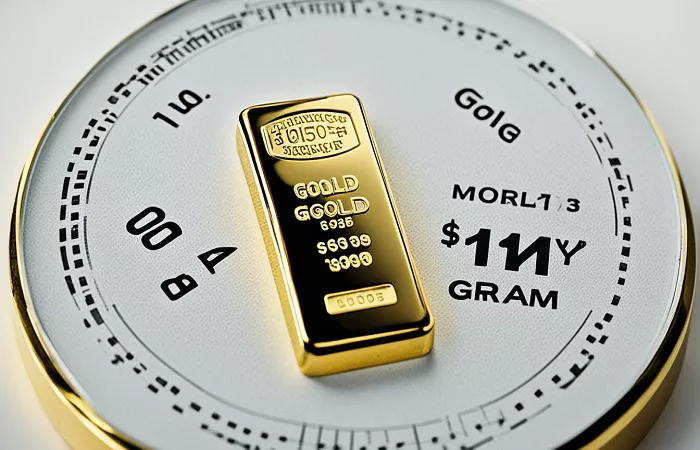Asian markets traded higher mid-session on Tuesday as risk appetite prevailed following the conclusion of trade negotiations between the United States and China. Meanwhile, the British pound underperformed in the foreign exchange market, and gold held above key technical support ahead of pivotal U.S. inflation data.
U.S.-China Trade Talks Yield Preliminary Framework
U.S. and Chinese officials wrapped up two days of trade talks in London, reaching a preliminary agreement aimed at easing long-standing tensions between the world’s two largest economies. The framework, if ratified by both Presidents, would implement consensus points from earlier discussions in Geneva on May 10–11.
Key provisions include enhanced U.S. access to rare earth minerals and magnets, along with resumed Chinese imports of high-tech goods such as semiconductors, chip design software, jet engine components, chemicals, and nuclear materials. The breakthrough raised hopes for a revival in the flow of sensitive goods between the two nations.
Asian Equities Advance on Improved Sentiment
Asian equity markets responded positively to the trade developments. Hong Kong’s Hang Seng China Enterprises Index rose 1.1%, while the broader Hang Seng Index gained 0.9%. Japan’s Nikkei 225 climbed 0.5% to 38,390, holding firmly above its key 200-day moving average at 37,900.
The rally builds on momentum that began on April 9, particularly for Chinese equities, which have been in a sustained uptrend amid policy support and improved investor confidence.
Currency Markets Mixed; GBP Lags on Weak Jobs Data
In the foreign exchange market, the U.S. dollar remained range-bound, with the Dollar Index consolidating between 98.60 and 99.40, just below its 20-day moving average resistance at 99.50.
Sterling was the standout underperformer, falling 0.4% against both the U.S. dollar and the euro following disappointing U.K. labor market data. The weakness weighed on GBP across pairs and contributed to a technical breakout in EUR/GBP.
EUR/GBP Breaks Out from Bullish Pattern
The EUR/GBP pair staged a bullish breakout on June 10 from an “Inverse Head & Shoulders” pattern, clearing its neckline resistance at 0.8440 and signaling a potential end to the downtrend observed from April 11 to May 29.
The hourly Relative Strength Index (RSI) has exited overbought territory, indicating the possibility of a short-term pullback. Key support remains at 0.8440, while resistance levels lie at 0.8490, 0.8510, and 0.8540. A sustained drop below 0.8440 would invalidate the breakout and could trigger a corrective decline toward 0.8410 and 0.8380–0.8360, near the 200-day moving average.
Gold Holds Support Ahead of CPI Data
Gold prices (XAU/USD) trimmed recent losses as safe-haven demand persisted ahead of the U.S. Consumer Price Index (CPI) release. Prices found support near the 20-day moving average at $3,296, suggesting upside risk should inflation data disappoint and bolster dovish expectations for the Federal Reserve.
The metal remains within a well-defined range but could see heightened volatility depending on the inflation outlook.
Related topics:
- India Surpasses China in Gold Purchases, Buying 51% More in Three Months
- Qilu Bank Enhances Support for Small Businesses with Innovative Financial Tools
- Bitcoin Poised for a Surge Amid Gold’s Delivery Delays, Expert Claims


